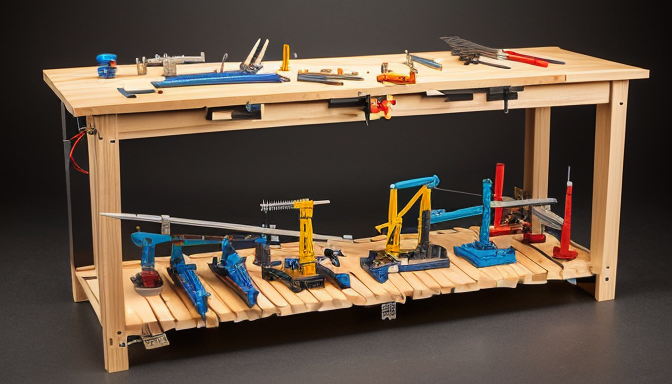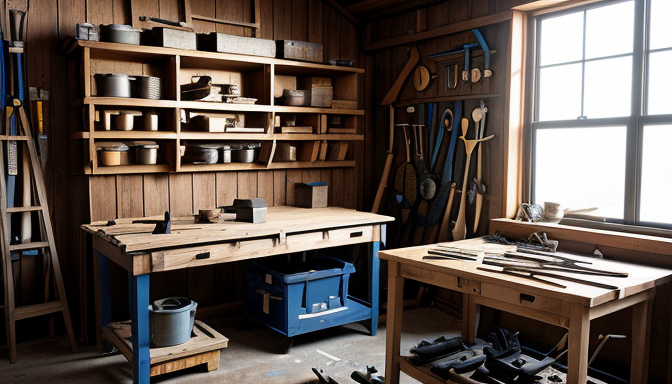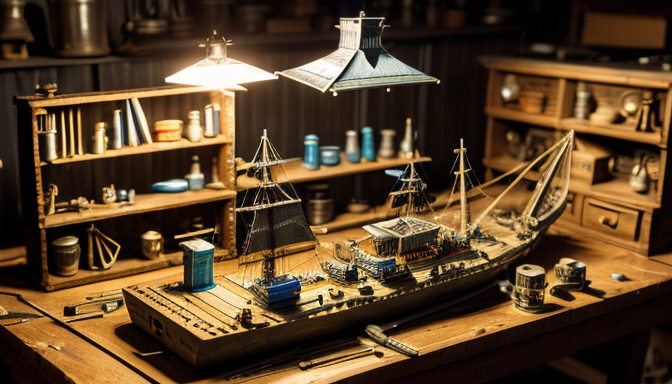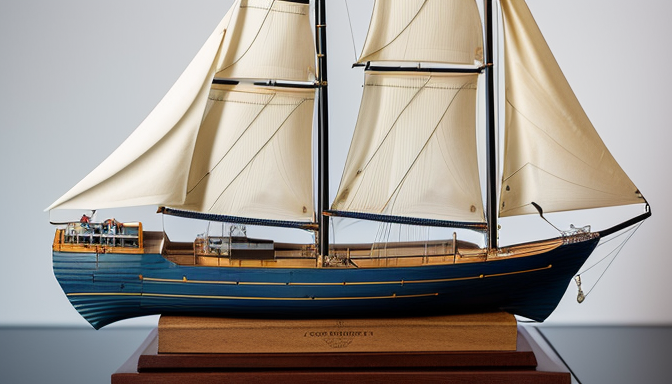The Art of Crafting Model Ships: Tips from Experts
Model shipbuilding is not just a hobby; it’s an exhilarating journey that transports you into the world of maritime craftsmanship. Whether you’re a seasoned builder or just starting, the thrill of creating a miniature vessel is unmatched. Imagine transforming a simple block of wood or a sheet of plastic into a beautiful ship that tells a story of its own. But how do you navigate this intricate craft? Let’s dive into the essential elements that will elevate your shipbuilding skills!
First off, having the right tools is crucial. Think of your toolkit as the treasure chest of a pirate—filled with everything you need to conquer the seas of crafting! Here are some must-have tools:
- Precision cutting instruments: These are your swords, slicing through materials with ease.
- Adhesives: The glue that binds your creation, ensuring every piece stays in place.
- Sandpaper: For smoothing out those rough edges, making your ship as sleek as a dolphin.
Next, let’s talk about materials. Your choice can make or break your model ship. Consider the following:
| Material | Pros | Cons |
|---|---|---|
| Wood | Authentic look, easy to work with | Can warp if not treated |
| Plastic | Lightweight, durable | Less authentic feel |
| Metal | Sturdy, realistic finishes | More challenging to work with |
By understanding these materials, you can select the best options for your specific project and desired outcome. So, are you ready to set sail on this creative adventure? Grab your tools, choose your materials, and let’s bring your ship to life!
Essential Tools for Model Shipbuilding
When it comes to model shipbuilding, having the right tools can be the difference between a smooth sailing experience and a shipwreck of frustration. Imagine trying to carve a masterpiece without the right instruments; it’s like trying to paint without a brush! So, what do you need in your toolkit to ensure your shipbuilding journey is a success?
First and foremost, precision cutting instruments are your best friends. A good hobby knife with replaceable blades will allow you to make those intricate cuts that are crucial for detailed work. Alongside that, a pair of fine-tipped scissors can help with trimming materials like sails or rigging. Don’t forget about a metal ruler and a cutting mat—they will protect your workspace while ensuring your measurements are spot on.
Next up, adhesives! You might think any glue will do, but in the world of ship modeling, modeling glue or epoxy resin is essential for a strong bond that can withstand the test of time. A clamp set will also come in handy to hold pieces together as the glue dries, allowing you to focus on the next steps without worrying about your structure falling apart.
Lastly, consider investing in a good toolbox to keep everything organized. A well-structured workspace can inspire creativity and help you keep track of all your essential tools. Remember, every expert shipbuilder started with the basics, so equip yourself wisely, and your ship will sail smoothly into the horizon!

Choosing the Right Materials
When it comes to crafting model ships, the choice of materials can make or break your project. Think of it like building a house; without a strong foundation, everything else is just a house of cards! So, what should you consider when selecting your materials? Let’s dive in!
First off, you have to decide on the material type. The most common options are wood, plastic, and metal. Each has its own unique characteristics:
- Wood: This is a classic choice, offering a traditional feel and aesthetic. It’s great for detailed work and can be easily shaped, but it requires some skill to prevent warping.
- Plastic: Perfect for beginners, plastic is lightweight and often comes pre-colored. However, it may lack the authenticity that wood provides.
- Metal: For those looking to create a robust model, metal can be a fantastic option. It’s durable and can give your ship a realistic weight, but it can be tough to work with and often requires specialized tools.
Next, think about the scale of your model. The size will dictate the thickness and type of materials you should use. Smaller scales might benefit from lighter materials, while larger models can handle heavier ones. Additionally, consider the finish you want. Some materials take paint better than others, which can affect your final look.
Lastly, don’t forget about the tools you’ll need for your chosen materials. Different materials require different tools for cutting, shaping, and assembling. Make sure you’re well-equipped before you start your shipbuilding adventure!
Frequently Asked Questions
- What materials are best for beginners in model shipbuilding?
For beginners, wood is often recommended due to its workability and availability. Plastic kits are also great as they require less specialized tools and can be easier to assemble.
- How do I choose the right tools for my model ship project?
Start with the essentials: a precision knife, cutting mat, and glue. As you progress, consider adding files, sanding sticks, and paintbrushes for finer details.
- Can I use household items in my model shipbuilding?
Absolutely! Many household items like toothpicks, old brushes, and even cardboard can be repurposed for various tasks in your shipbuilding process.
- How long does it take to build a model ship?
The time varies widely depending on the complexity of the model. Simple kits can take a few hours, while intricate models might take weeks or even months to complete.
- Are there any online resources for learning model shipbuilding?
Yes! There are numerous tutorials, forums, and videos available online that can help you learn techniques and connect with fellow enthusiasts.






